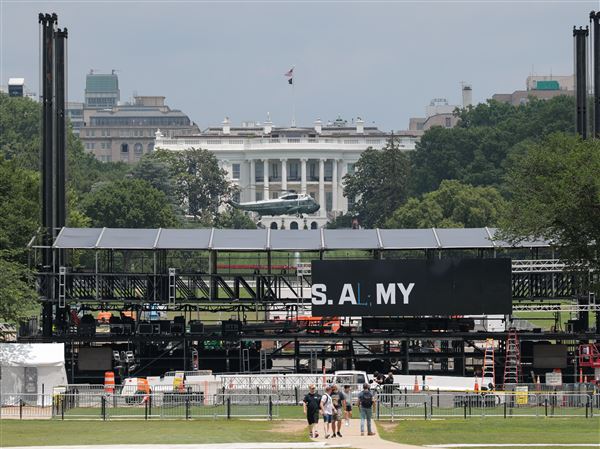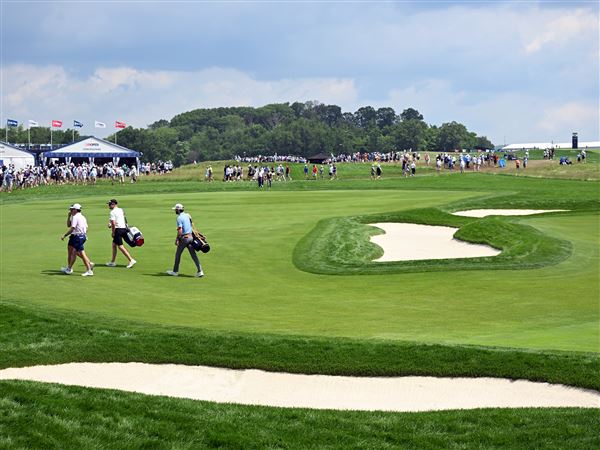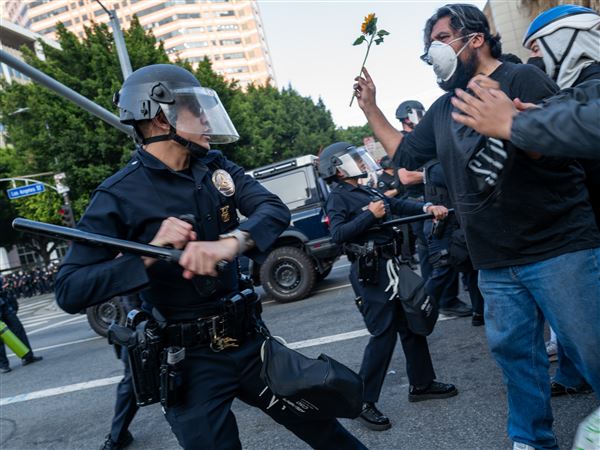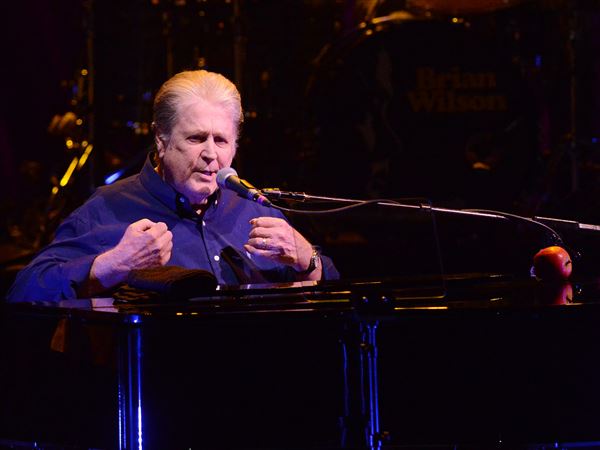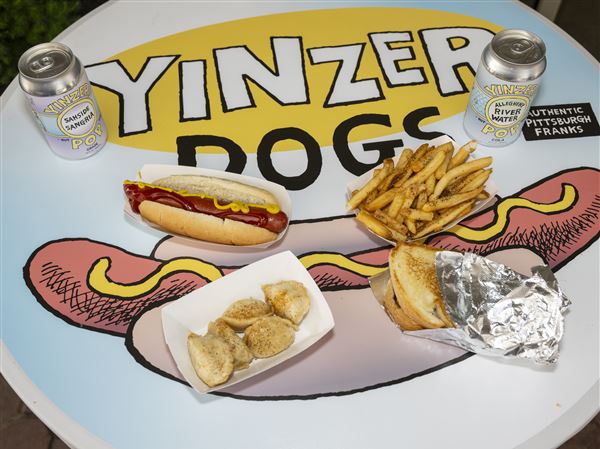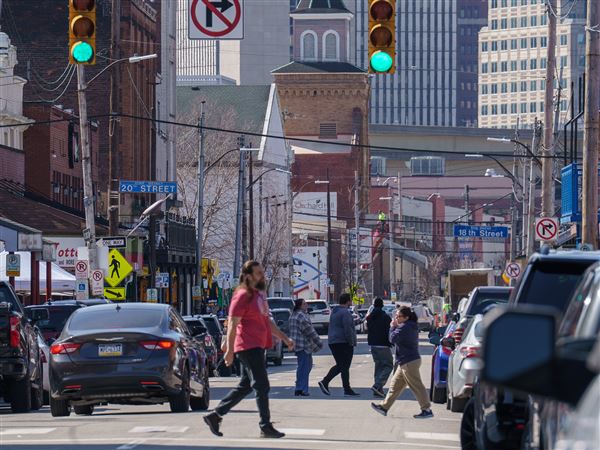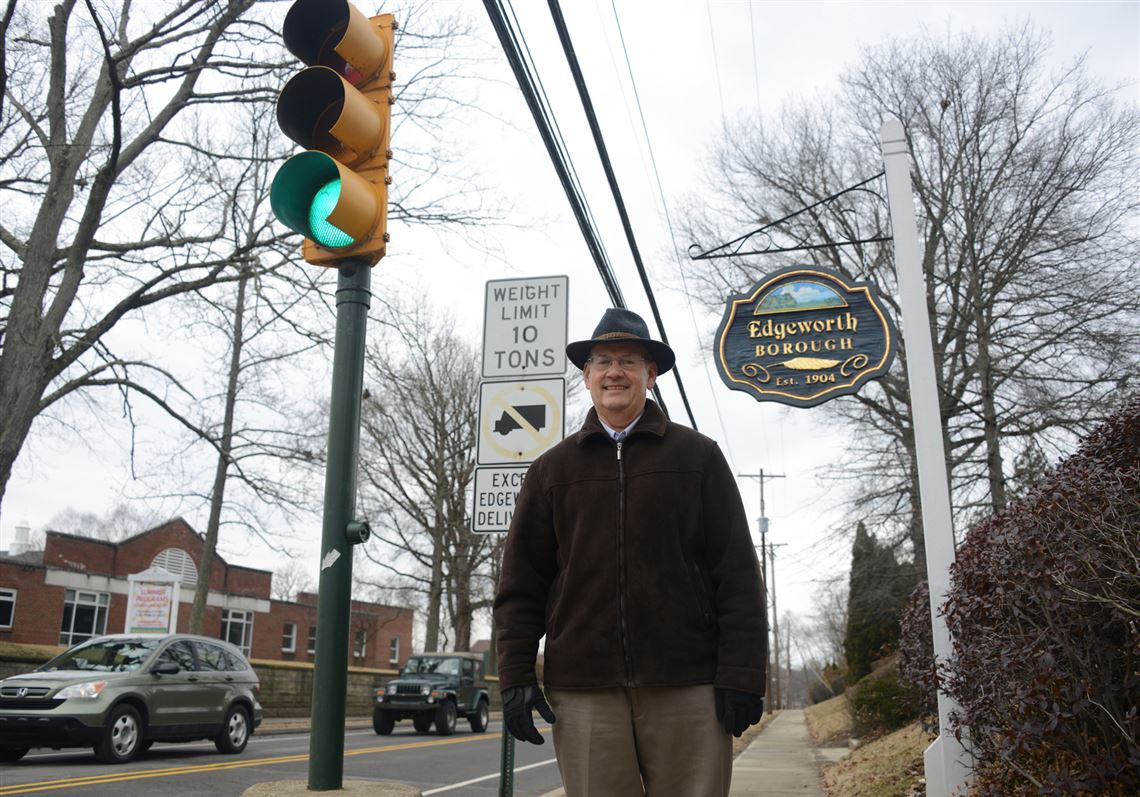As most consumer groups have agreed to an electric rate increase for West Penn Power Co. customers, one issue remains under bright lights.
The expansion of Light Emitting Diode lighting, commonly known as LED lighting, is “one of the most overlooked efficiency opportunities” statewide, according to Citizens for Pennsylvania’s Future, or PennFuture, a Harrisburg-based group that advocates for environmental policy changes.
The group has objected to certain details behind West Penn’s proposed plans to offer a program to municipalities to replace older street lights with the more efficient bulbs. West Penn, which serves 720,000 customers in southwestern Pennsylvania, introduced the program in August as part of its rate case, a formal request for a change in rates that utilities must file with the state Public Utility Commission.
“The settlement does not resolve the issues raised by PennFuture concerning the scope and pricing of West Penn’s proposed LED street lighting offering,” the group wrote in a brief in early February that coincided with West Penn’s settlement with consumer groups. “The company has not recently or adequately developed their LED options and the rates did not reflect true market actualities.”
However, in a recommendation last month that the commission approve the West Penn’s rates, PUC administrative law judges sided with the utility.
“We are not persuaded by PennFuture’s arguments, especially absent any specified suggested alternatives,” the judges wrote. West Penn “has selected an innovative method to make efficient lighting available to customers, and to the benefit of the public in general who benefit from better night-time lighting.”
PennFuture declined to comment, citing pending litigation. FirstEnergy, the Akron-based energy company that owns West Penn and three other utilities in Pennsylvania, also declined to comment on the case’s specifics.
The state judge’s recommendation “speaks for itself and is based on the record and evidence presented in the case,” FirstEnergy spokesman Scott Surgeoner wrote in a statement. “We believe the LED Streetlight program[s] developed for our customers are cost effective and comprehensive.”
PennFuture disputes a host of West Penn’s calculations related to the estimated cost and lifetime of the lights. The group claims that the proposed offering uses bulbs that are not the least expensive and uses fixture sizes that are too large for street lighting.
West Penn would offer the service to new and existing customers, according to the utility’s rate case documents. It would recover installation costs through an annual distribution charge of about $100 for each 50-watt LED fixture, calculated by dividing cost of installation over the course of its expected lifetime energy output — not unlike how costs for renewable energy systems are measured.
Called a levelized charge, the rate would mean the company would shell out more at the outset of the offering and, as it gradually grows LED customers, recover the full cost of the program.
Changing markets
But those estimates aren’t based on the reality of the ever-changing market — and ever-declining prices — for efficient lighting, said Patrick Gormley, president of Gormley-Farrington, a seller of electrical and lighting products in Western Pennsylvania, who reviewed West Penn’s LED offering and submitted testimony to the state at the request of PennFuture.
In the testimony, Mr. Gormley estimated the acquisition costs when the utility goes to the market could be 15 percent to 25 percent lower than listed in the proposed offering for municipalities. He also called the lights’ lifetime estimate of 15 years too conservative, suggesting that 25 years would be more accurate.
The distribution rate further appears to account for the costs of maintenance required for existing lighting fixtures — work that would be “virtually eliminated” with LED lighting systems, he wrote.
In an interview, Mr. Gormley said that utilities today don’t have an incentive to come in with the lowest possible price as achieved in the competitive bidding process but rather an “estimated cost that gives them a little breathing room.” In the majority of municipalities statewide, the default electric utility owns and maintains street lights; local savings from LED light usage can be seen as the first step toward transferring ownership to towns.
“Streetlights are a pretty profitable part of their business, and they don’t want to give that up,” Mr. Gormley said. With more efficient lighting, he added, “I believe the utilities in general want to accrue some of the benefit themselves and not for their customers.”
Last year, LED light fixtures were estimated to have a 53 percent share of the overall street lighting market. By 2023, they are expected consume almost the entire outdoor lighting market at 94 percent, according to a report from Navigant Research, a market research firm.
In responses filed with the state, West Penn called the group’s arguments “general and largely unsupported” and pointed out that no municipality has challenged the math behind its offering. It held a “rigorous and competitive” selection process last May and June in which the GE Evolve brand of LED light fixtures was the lowest bidder.
It stated that if the lights were found to extend beyond the utility’s estimated 15-year lifespan, that would be taken into account in future rate cases.
PennFuture has been advocating for utilities and municipalities to work together to use LED lighting in omnipresent streetlight fixtures. Currently, most fixtures use a high-pressure sodium lamp that emits an orange hue. Others use a mercury vapor lamp, an even older technology, that emits a blue hue.
LED bulbs are estimated to use about one-third to one-fourth of the energy consumed by high-pressure sodium bulbs and last longer. When designed properly, an LED circuit can convert 80 percent of the energy it consumes into light, while incandescent bulbs convert about 20 percent of energy to light.
Savings attract municipalities
As local budgets have tightened, expected savings from more efficient outdoor lighting have attracted municipalities big and small. At the end of 2013, plans to convert outdoor lighting in more than 600 U.S. cities were underway, including a staggering 250,000 lights in New York City and 142,000 in Los Angeles.
Pittsburgh has so far replaced 4,000 of its 40,000 streetlights and is looking for contractors to finish the job. The city has estimated that the full conversion will shave $1.7 million off its annual $4.2 million street light budget.
Edgeworth, a tiny borough along the Ohio River in Allegheny County, was one of the first to receive LED lights under Duquesne Light’s offering, which was approved by the PUC last year. So far, 30 of its about 200 street lights have been converted and now produce white light that is both “high-quality” and “evening sky-friendly” in that it reduces light pollution, said Borough Manager Marty McDaniel.
While waiting for the utility to change out the rest of his streetlights, Mr. McDaniel is enjoying the benefits of efficient lighting another source: the borough replaced its three traffic lights a few years ago.
“Our power bill [for the traffic lights] was $400, now it’s like $40,” he said. And because maintenance is at a minimum, he added, “you don’t have to call the bucket truck out at 4 in the morning when the red light’s busted.”
Daniel Moore: dmoore@post-gazette.com, 412-263-2743 and Twitter @PGdanielmoore.
First Published: April 7, 2015, 4:30 a.m.

